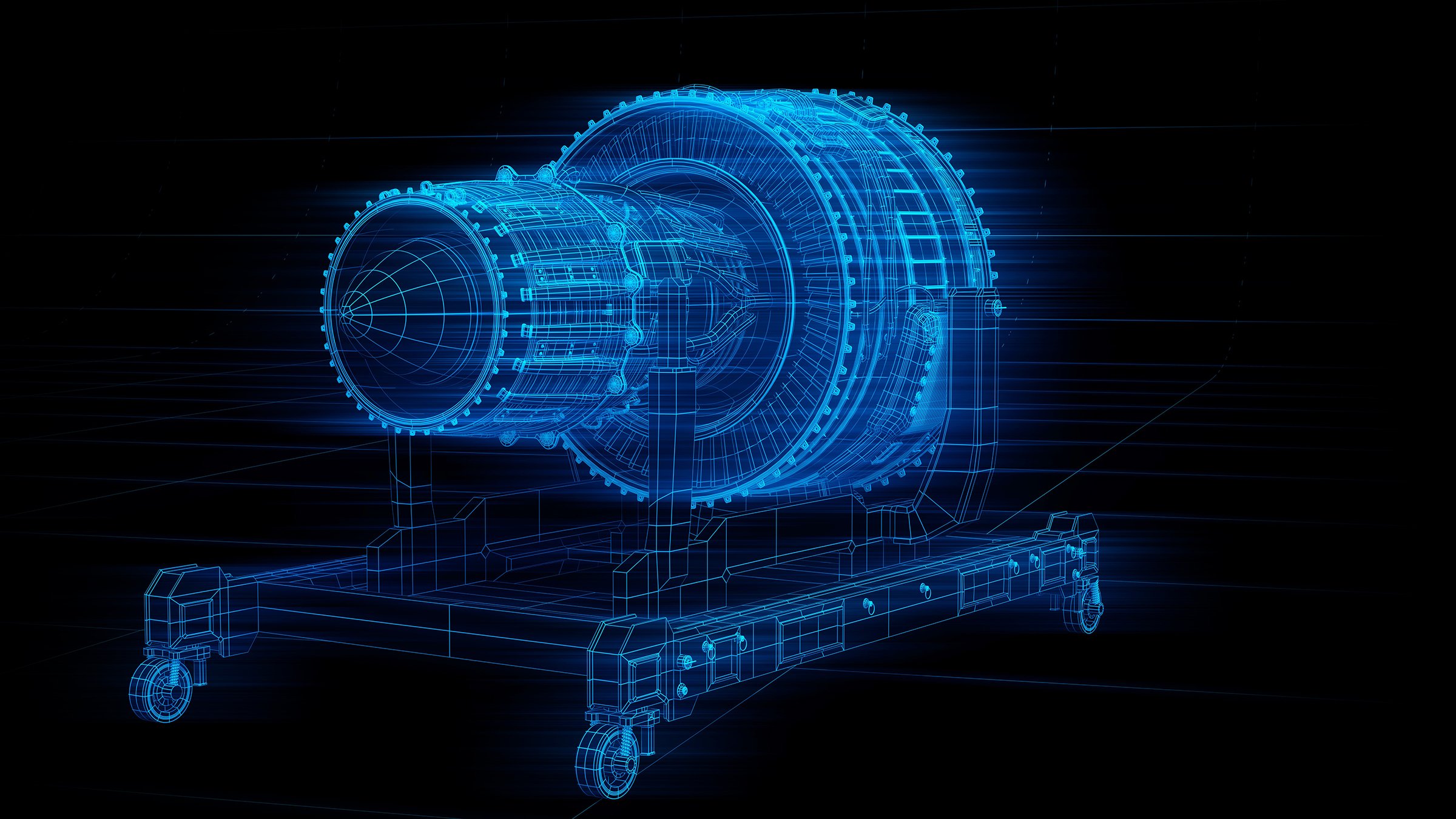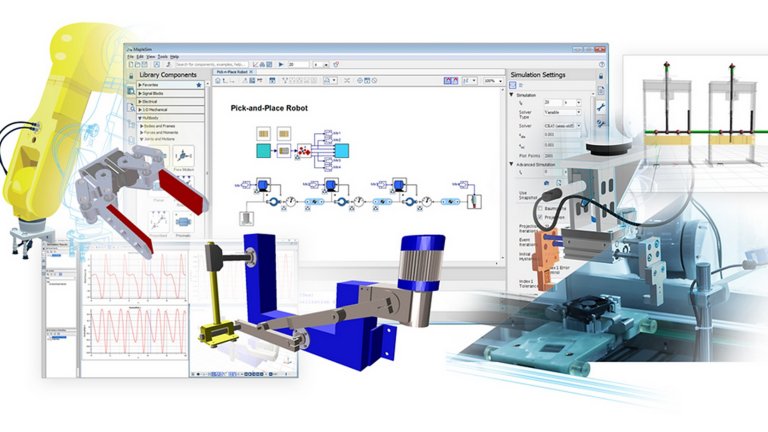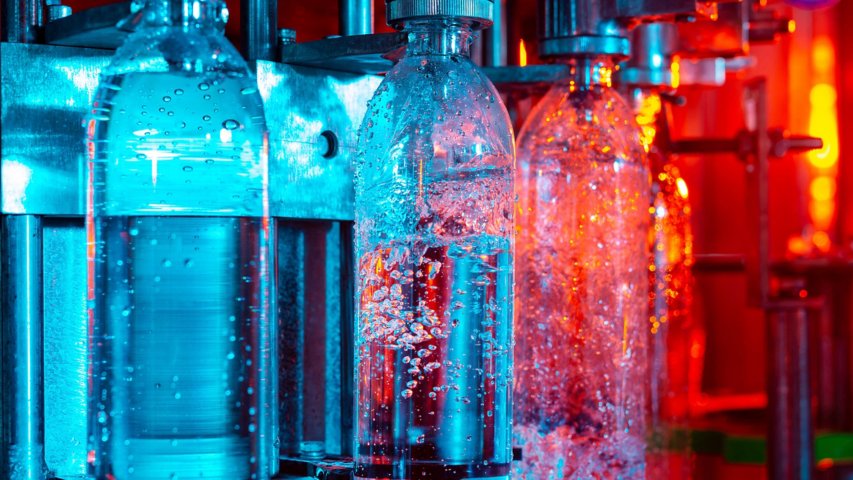Just like real-life twins, every digital twin is different. That’s because a digital twin is a virtual replica of a physical asset — a living replica.
A digital twin as a concept doesn’t reflect one universal definition. For instance, we’ve identified at least 11 different types of digital twins typically applied in primarily three distinct phases — design, operation and maintenance. That equals more than 30 possible use cases — and that’s just in the manufacturing space. There are even more use cases if you also consider the installation/commissioning and decommissioning phases.
For example, some users rely on a digital twin to optimize the design of a product or manufacturing process, while others use it to optimize product production or production line maintenance.
Let’s clarify what digital twins are and how they’re referenced and applied in different scenarios so you can more quickly and uniformly realize the value.
Living Replica
When we use simulation, we focus on the factors important to us, such as the key performance indicators (KPIs) we want to improve. For example, you might simulate the operation of a car to predict its fuel efficiency measured in miles per gallon (mpg).
It’s the same idea with a digital twin, but a digital twin is a living “digital replica.” That means it’s learning and changing. So, with a digital twin, not only could you predict the car’s mpg when it’s driven off the lot, but you also could predict how and when the mpg will degrade.





